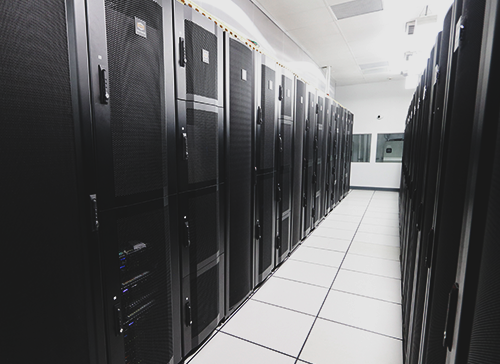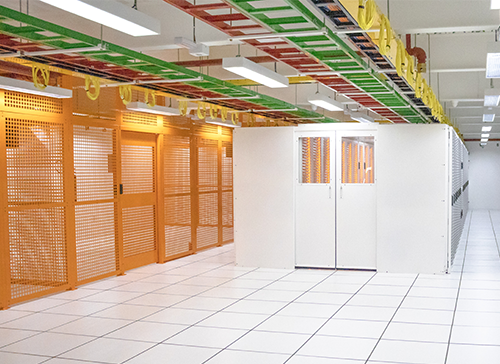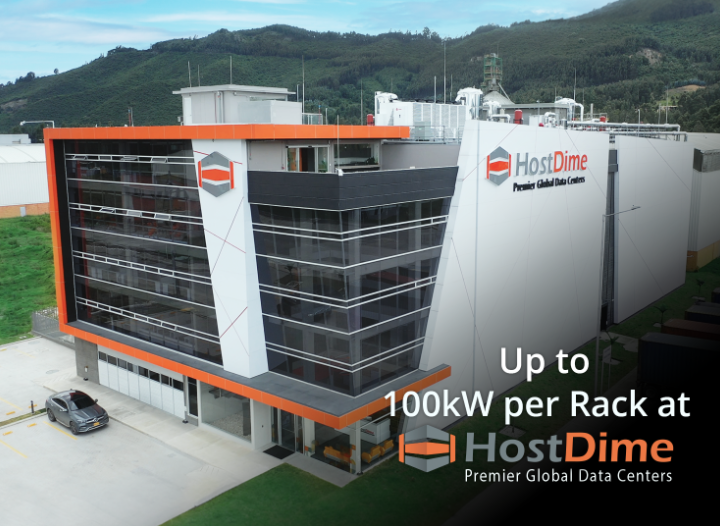
IT decision-makers constantly face the challenge of balancing cost, performance, and scalability when managing infrastructure. One of the biggest decisions is whether to invest in an in-house data center or colocate with a trusted provider.
Colocation vs in-house data centers is a debate that continues as enterprises seek ways to optimize budgets while maintaining security, compliance, and uptime. While owning and operating a private data center may seem like a way to maintain control, the reality is that it often leads to excessive costs, operational inefficiencies, and scalability challenges.
Here’s why shifting to colocation is the key to optimizing IT budgets while maximizing performance.
1. Slashing Capital Expenditures (CapEx)
Maintaining an in-house data center comes with massive upfront costs. Businesses must invest in:
- Physical Infrastructure: Power systems, cooling units, fire suppression, and security measures.
- Hardware Upgrades: Servers, networking equipment, and storage devices require continuous investment.
- Compliance & Security: Meeting industry regulations such as HIPAA, PCI DSS, and ISO certifications demands additional spending.
Colocation eliminates these expenses by shifting IT costs from CapEx to OpEx, allowing businesses to scale without multi-million-dollar infrastructure investments.
2. Lowering Operational Costs (OpEx)
Beyond initial setup, running an in-house data center is an ongoing financial drain. Organizations must account for:
- Energy Costs: Powering and cooling IT equipment is expensive, and costs fluctuate based on demand.
- IT Staff Salaries: Skilled engineers are required for maintenance, security, and troubleshooting.
- Unplanned Downtime: Outages result in financial losses, and redundancy solutions add to operational expenses.
Colocation providers like HostDime optimize power efficiency, provide 24/7 monitoring, and deliver fault-tolerant infrastructure—offering enterprise reliability at a fraction of the cost.
3. Enterprise-Grade Security Without the Hassle
Securing an in-house data center requires major investments in:
- Physical Security: Surveillance, biometric access, and on-site personnel.
- Cybersecurity Measures: Firewalls, DDoS protection, and compliance audits.
- Disaster Recovery: Redundant power, backup systems, and geographically distributed failover sites.
Colocation facilities offer all of these protections by default. HostDime’s Tier IV data centers include multi-layered security, redundant power, and 24/7 monitoring—ensuring mission-critical workloads remain protected without requiring businesses to build and maintain their own security infrastructure.
4. Scalability Without Downtime
In-house data centers are fixed investments. Expanding capacity requires:
- Purchasing new hardware
- Increasing cooling and power capacity
- Hiring additional IT staff
Colocation eliminates these bottlenecks. Businesses can scale resources instantly—adding more servers, bandwidth, or power without the need for costly infrastructure upgrades.
At HostDime, clients benefit from flexible colocation solutions, whether they need a single rack, private cage, or custom-built suite.
5. Access to High-Speed Networks and Global Connectivity
In-house data centers often rely on local ISPs, leading to:
- Higher latency and unreliable connections
- Limited carrier options and pricing flexibility
- Increased networking costs to reach multiple regions
Colocation providers like HostDime offer direct access to global carriers, cloud on-ramps, and internet exchanges, reducing latency and improving data transfer speeds. With diverse fiber routes and ultra-low latency connections, colocation enables seamless global connectivity.

6. Built-In Redundancy and Disaster Recovery
Maintaining nearly 100% uptime in an in-house data center means huge investments in redundancy. Businesses must build:
- Backup generators and UPS systems
- Redundant network connections
- Disaster recovery plans across multiple locations
HostDime’s data centers are engineered for uptime, featuring Tier IV reliability, N+2 redundancy, and geographically distributed backup options—ensuring business continuity without costly infrastructure investments.
7. Future-Proofing Your IT Infrastructure
The colocation vs in-house data centers debate isn’t just about cost savings—it’s about ensuring your infrastructure can support next-generation workloads.
AI, 5G, edge computing, and IoT are rapidly transforming industries, demanding higher power densities, low-latency networking, and scalable infrastructure. Traditional in-house data centers, operating at 3-20 kW per rack, struggle to meet the power and cooling needs of AI-driven workloads. Deep learning models and complex neural networks require AI-optimized hardware like GPUs and TPUs, which generate significant heat and consume massive amounts of energy.
HostDime’s AI-ready colocation facilities redefine industry standards, offering power densities of up to 100 kW per rack to accommodate the most advanced AI hardware.

Beyond raw power, AI workloads rely on high-speed, redundant connectivity. HostDime’s new Orlando data center headquarters delivers this with three diverse Meet-Me Rooms (MMRs), six manhole entries, and 48 conduits, ensuring ample capacity for over 100 carriers—keeping data flowing seamlessly with ultra-low latency.
By choosing a future-ready colocation partner like HostDime, businesses gain access to infrastructure engineered for scalability, efficiency, and next-gen technology adoption.
In summary, with HostDime’s state-of-the-art colocation facilities, businesses gain:
✅ Reduced CapEx and OpEx
✅ Enterprise-grade security and compliance
✅ Global connectivity and carrier-neutral networks
✅ Scalability without infrastructure constraints
✅ 24/7 expert support and disaster recovery solutions
✅ Optimized for AI, 5G, and next-gen digital demands
The choice is clear. Let’s build your custom colocation solution today.
